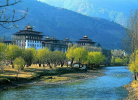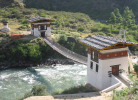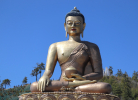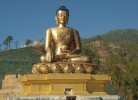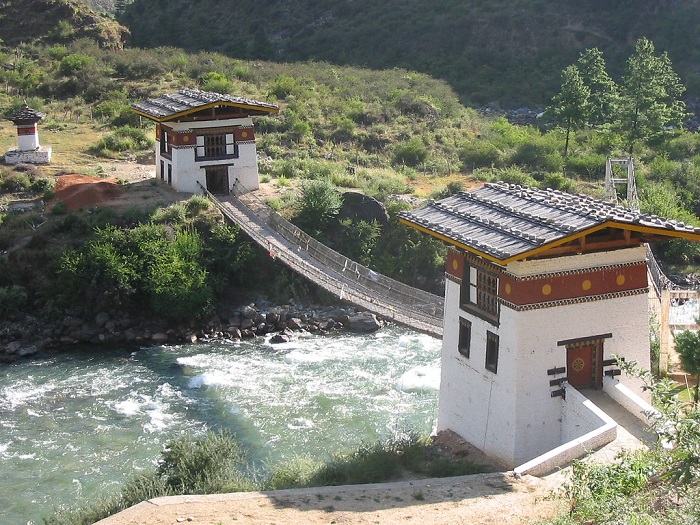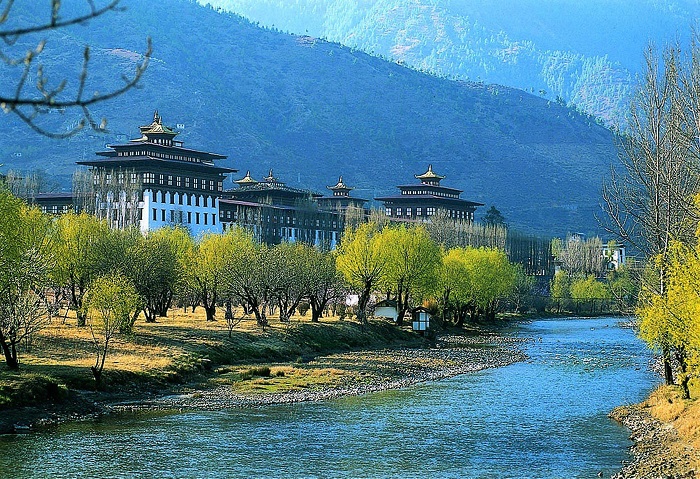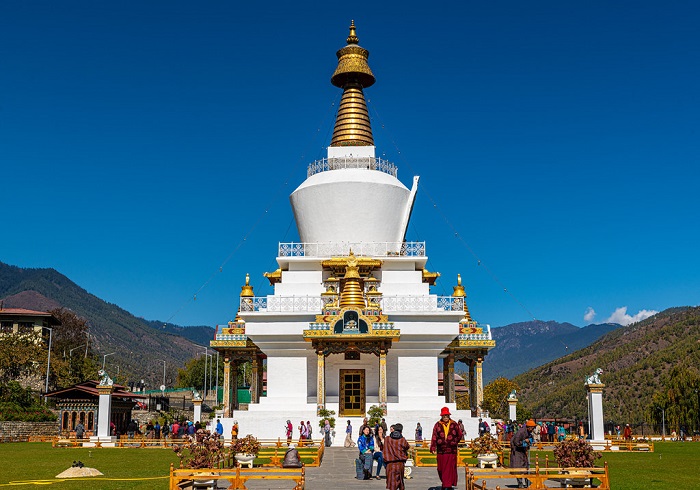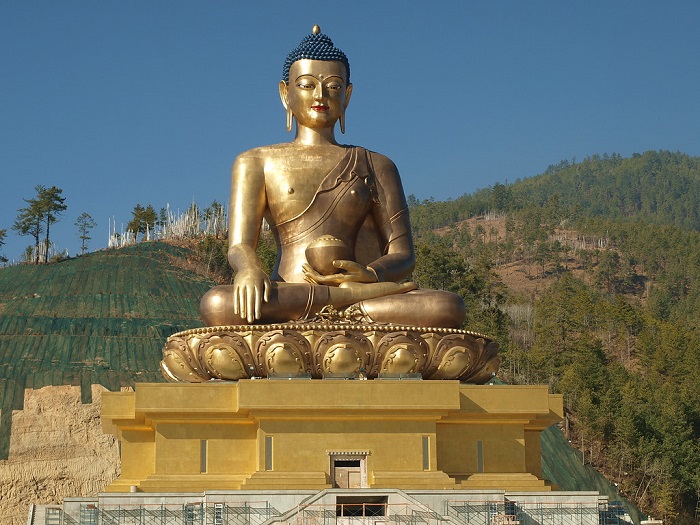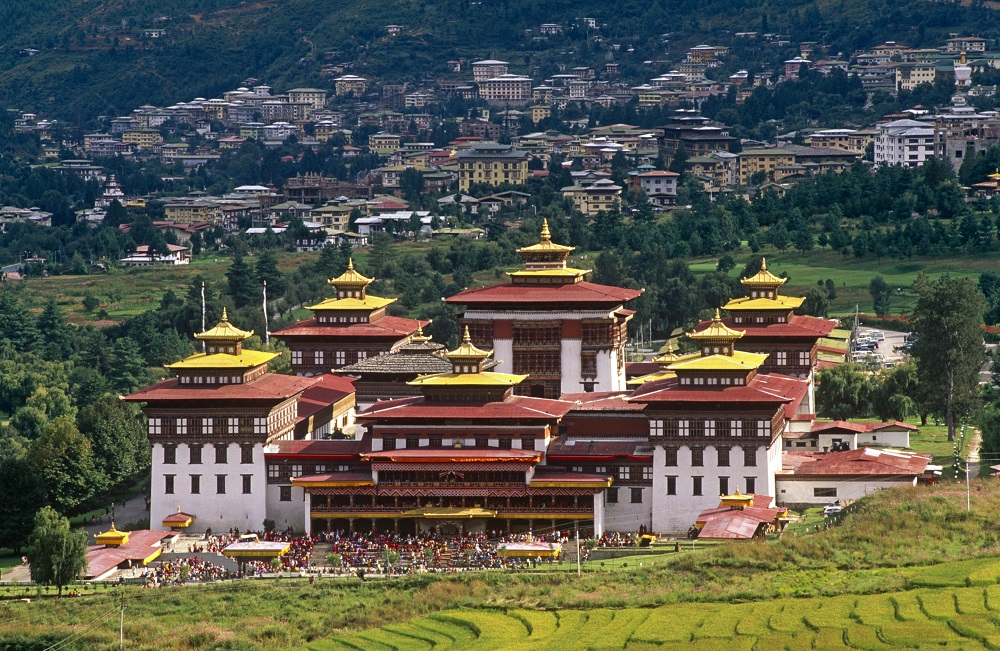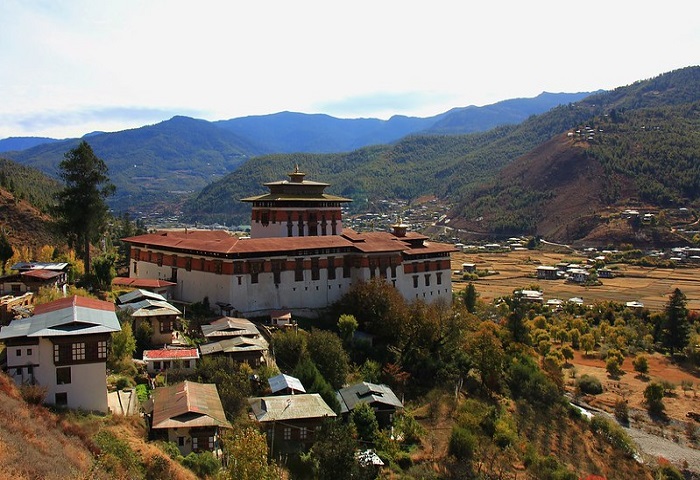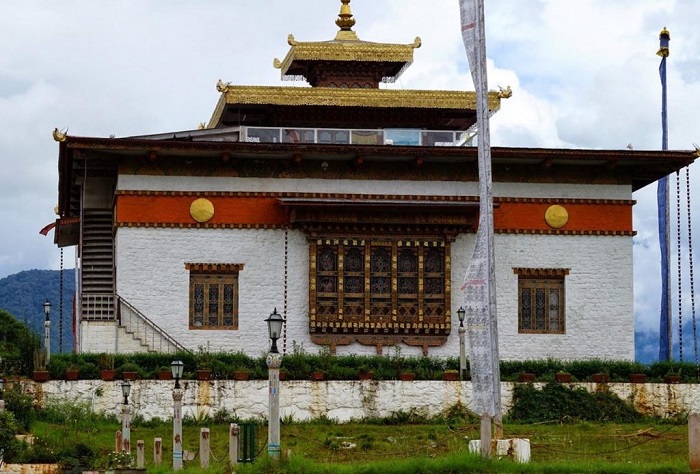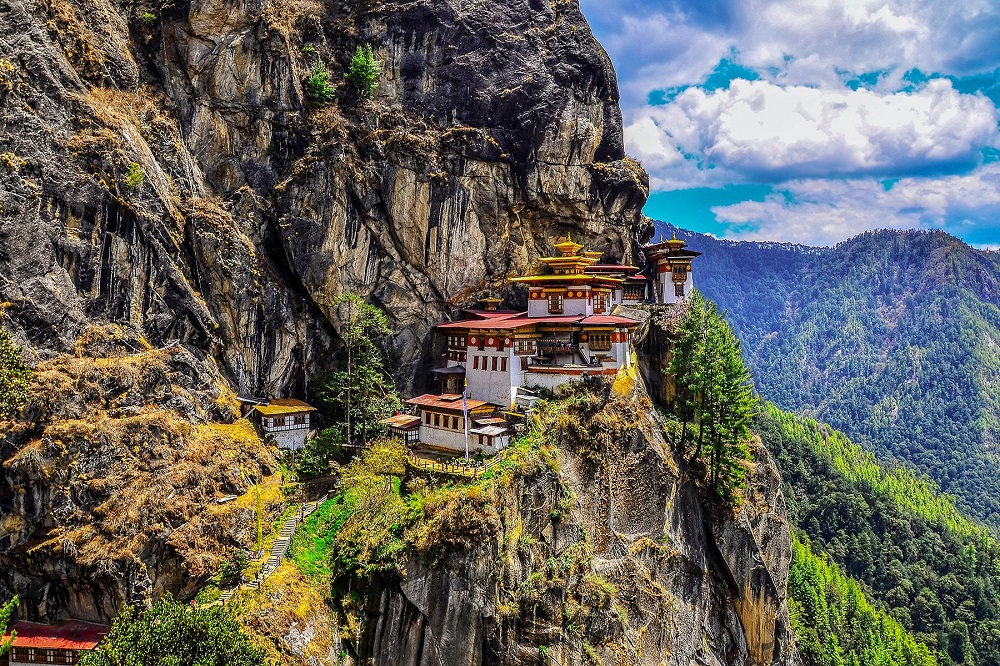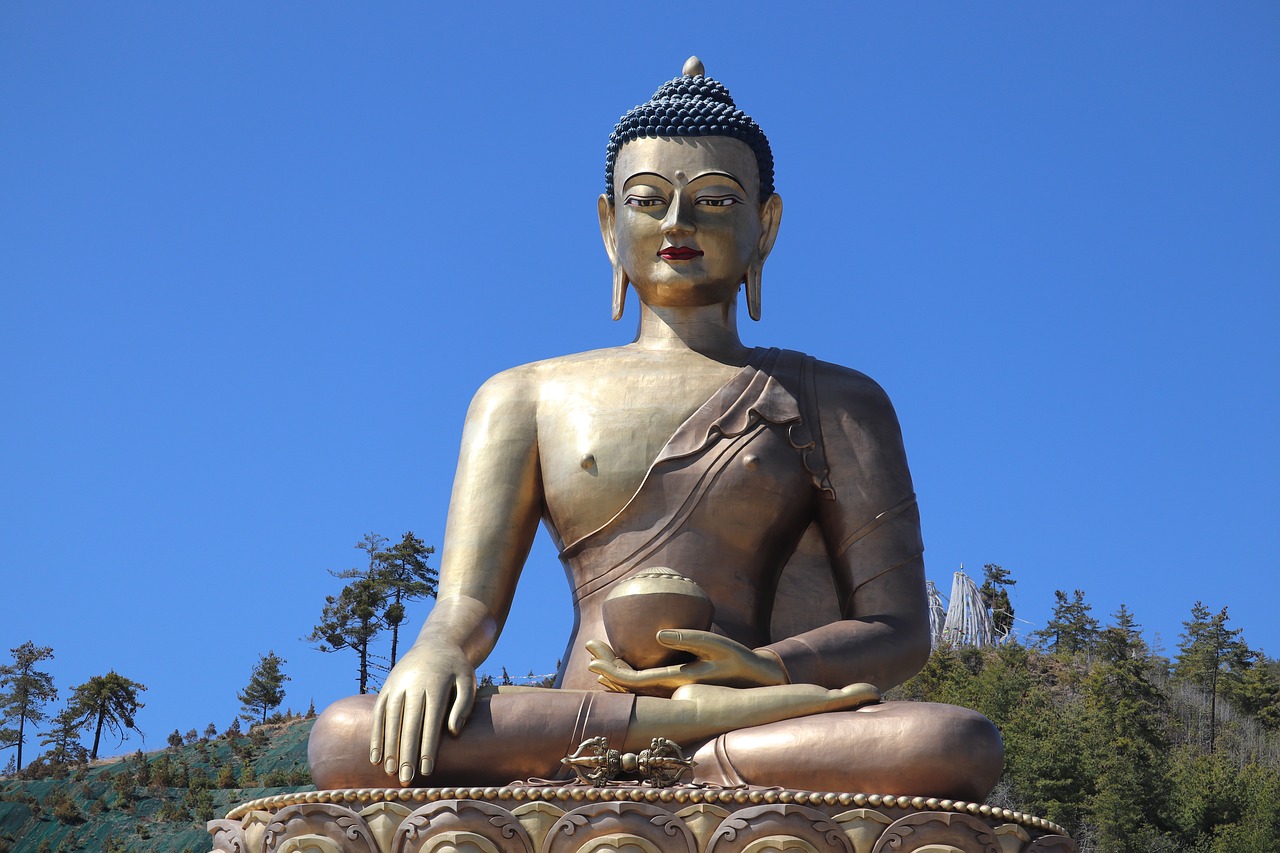History of Bhutan
If you think Bhutan has got good pages of history then that’s correct. With historical structures more than 2000 B.C. old, it has got a lot to tell. Basically, Bhutan’s historical pages begin around 747 A.D. when Guru Padma Sambhava introduced Buddhism and also cured the then ailing King. It’s believed that he flew on the back of tiger to reach Bhutan and fought many demons and spirits which were stopping him from spreading Buddhism.
Bhutan has been an independent identity for long with no single authority. When Namgyal arrived here he started setting up a number of dzongs in Thimphu Valley. By 1639, Namgyal had his reign all over the place. However, in the year 1647 Mongol leader Gushi Khan invaded Bhutan but was defeated. In the year1647 Namgyal established law n order and a government system in Bhutan. Jey Kempo or a head abbot was appointed to manage religious places; civil power given to the Prime Minister of the country. This land whose name BHUTAN has been derived from “Bhotania” has also seen ethnic violence and repression in the year 1980’s and 1990’s. But today, it stands as a peaceful place where people love to come and enjoy its mountains and natural beauty.
Language and Culture
Dzongkha and Sharchop are the main languages of Bhutan. This land of Thunder Dragon; is a culturally rich place. It does not practice dowry with equal division of land amongst sons and daughters. Equal educational rights are given to both girls and boys giving a comparatively open environment to all. Buddhism is the main religion followed in Bhutan. More than 10 thousand monks religiously follow it. Most of the festivals involve lot of dance, pomp and show. This culturally rich land of Buddhists believe in reincarnation and karma.


